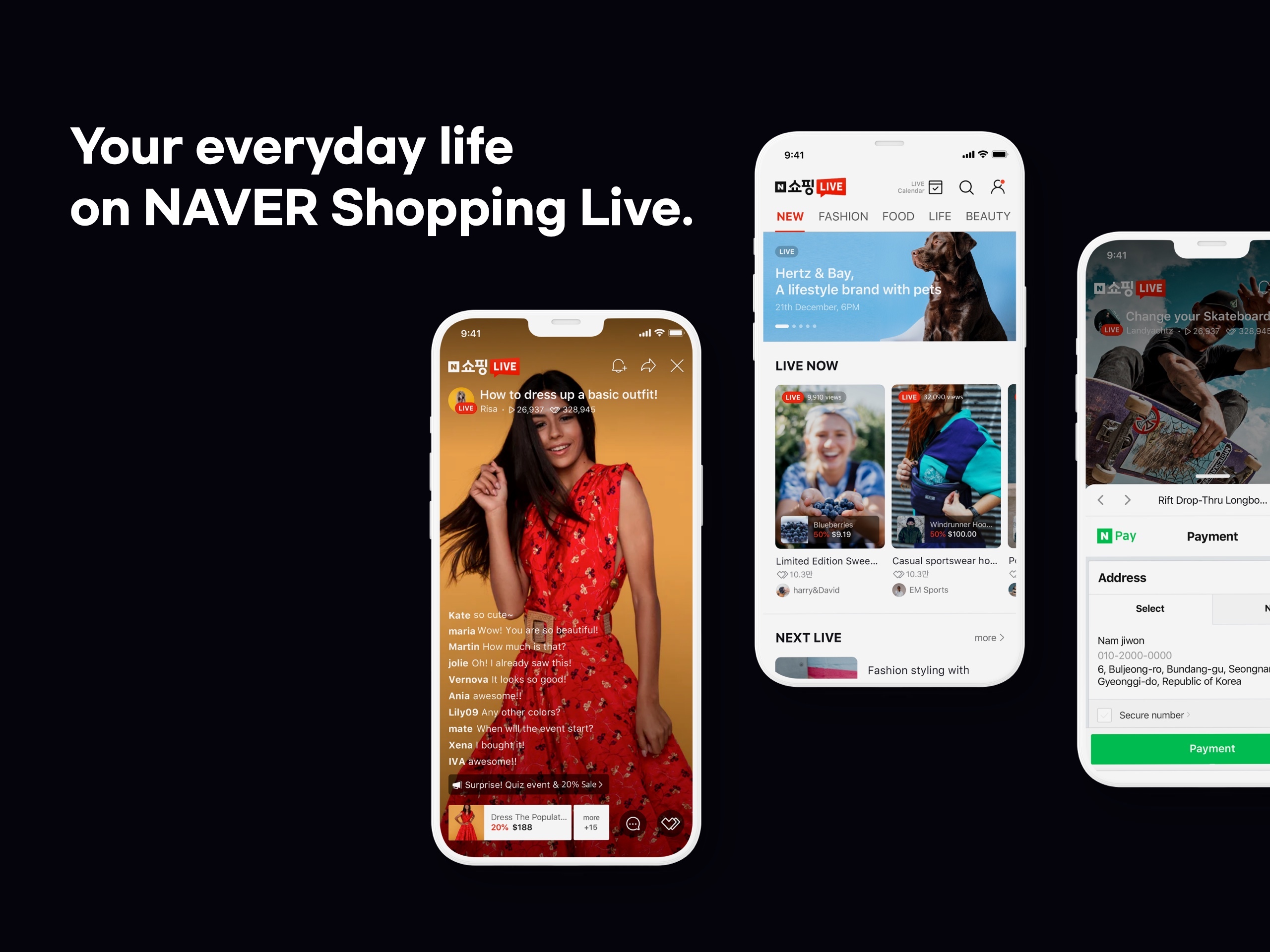Many marketers are deeply interested in improving conversion rates to increase sales by converting visitors into customers. However, achieving this is not an easy task.
In today’s fast-paced world, the importance of a website for business survival is well recognized. Modern consumers want the information they need when they need it and have endless options on where to find it.
An optimized and appropriately adjusted website aligned with business goals can become a frequently visited, profitable, and essential element. So, how can you convert new visitors into paying customers to enhance awareness and trust?
Improving conversion rates requires various strategies and tips. This article will explore 11 tips to convert visitors into customers and boost conversion rates.
11 Strategies to Improve Conversion Rates
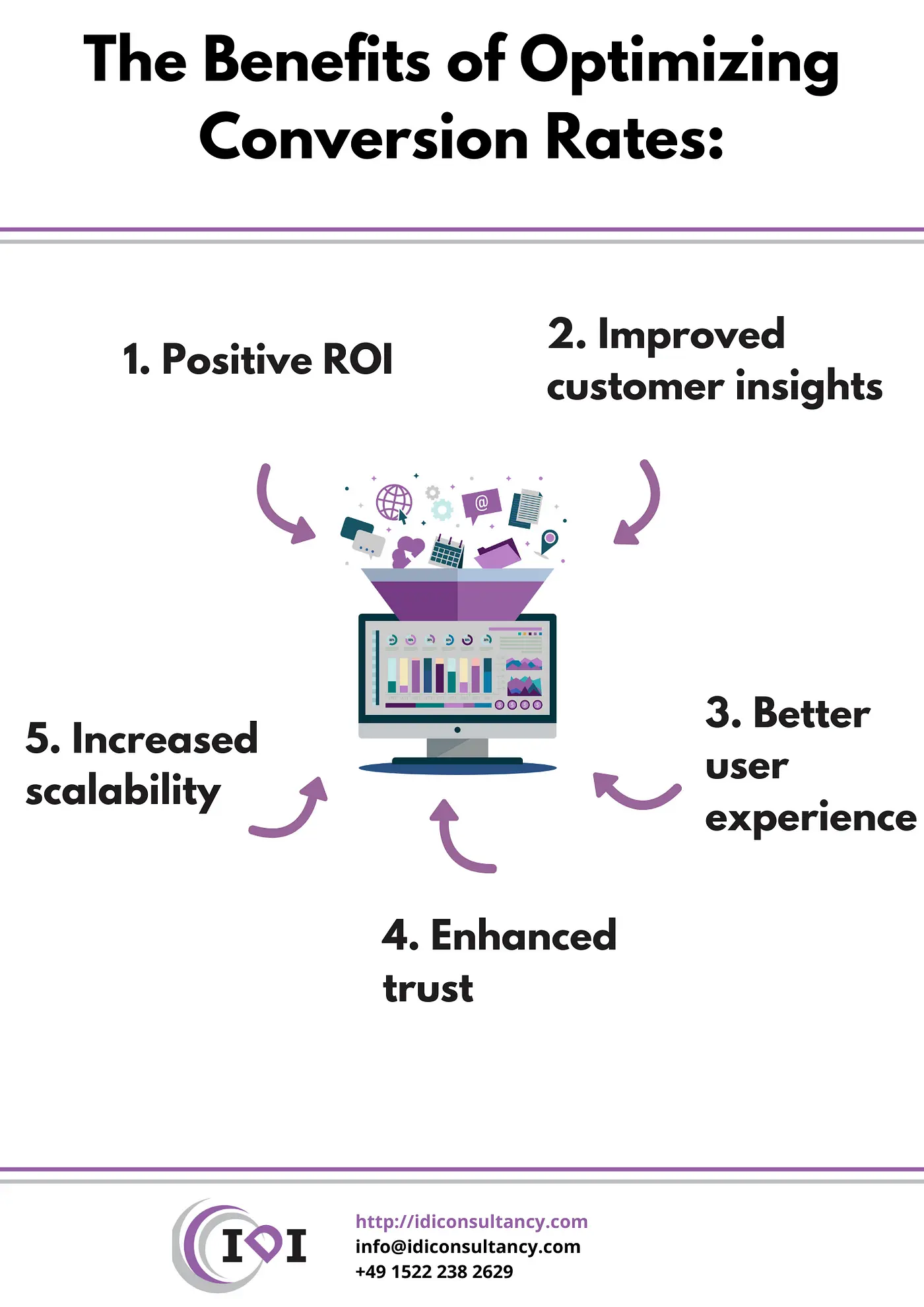
Optimization means modifying and adjusting the site to make it more visible, noticeable, and user-friendly for site visitors. Keywords like optimization and conversion rates are marketing terms that are difficult to implement without a plan and clear goals.
Specifically, conversion rate optimization refers to ways to modify the site to encourage visitors to complete desired actions, such as purchases, filling out opt-in forms, or engaging with the site through comments or social shares.
In conclusion, a site may have hundreds of visitors each month, but if these visitors do not complete actions aligned with the site’s purpose, the numbers are meaningless.
While there is no exact formula for improving conversion rates, there are good methods to start with.
Clearly Define Conversion Goals and Targeting
Setting Website Goals
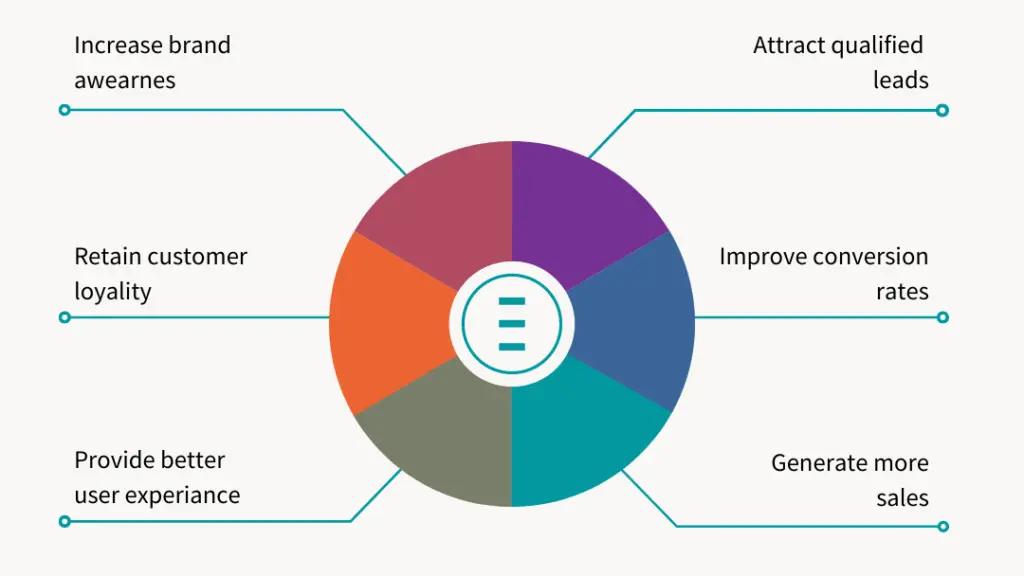
Your website might serve as a lead generator for sales or as a virtual store. In either case, much needs to be addressed for the website to meet business goals and the needs of visiting potential customers.
The best approach is to provide visitors with a unique value proposition. A unique value proposition clearly explains the value you aim to offer and why visitors should get that value from you rather than anyone else.
Once the value proposition is developed, ensure that design, messaging, media, content, services, and overall experience reflect this value proposition, so customers know exactly why they visit the site.
Creating and Targeting the Ideal Visitor Profile (Target Persona)
You cannot satisfy everyone with your website, nor should you try to. The main goal of creating a website is to convert visitors into customers. To do this, it is crucial to understand the pain points and preferences of visitors and customize the website accordingly.
First, utilize both quantitative and qualitative data. Track visitor behavior through Google Analytics and sales trend data, and gather feedback from customers and site users to understand their needs and requirements.
Next, use this information to improve the website. Enhance content and optimize user paths so that visitors can easily find the information or products they want. Clearly display CTA buttons and optimize the website’s loading speed to reduce customer churn.
The mobile experience of customers is also important. Adopt a mobile-friendly design to provide a seamless experience for mobile users.
Additionally, build trust by providing social proof to customers. Sharing satisfied customers’ reviews or case studies can give customers additional confidence.
Conduct A/B testing to try various design elements or content and observe customer reactions. This helps determine which changes are most effective for customer conversion.
Finally, continuously improve the website through learning and adaptation. Customer pain points and behaviors can change, so update the website to reflect the latest information. This will help convert visitors into customers and boost conversion rates.
Simplify Traffic Funnel Navigation and Optimize Conversion Rates
Simplifying the Funnel for Traffic Acquisition
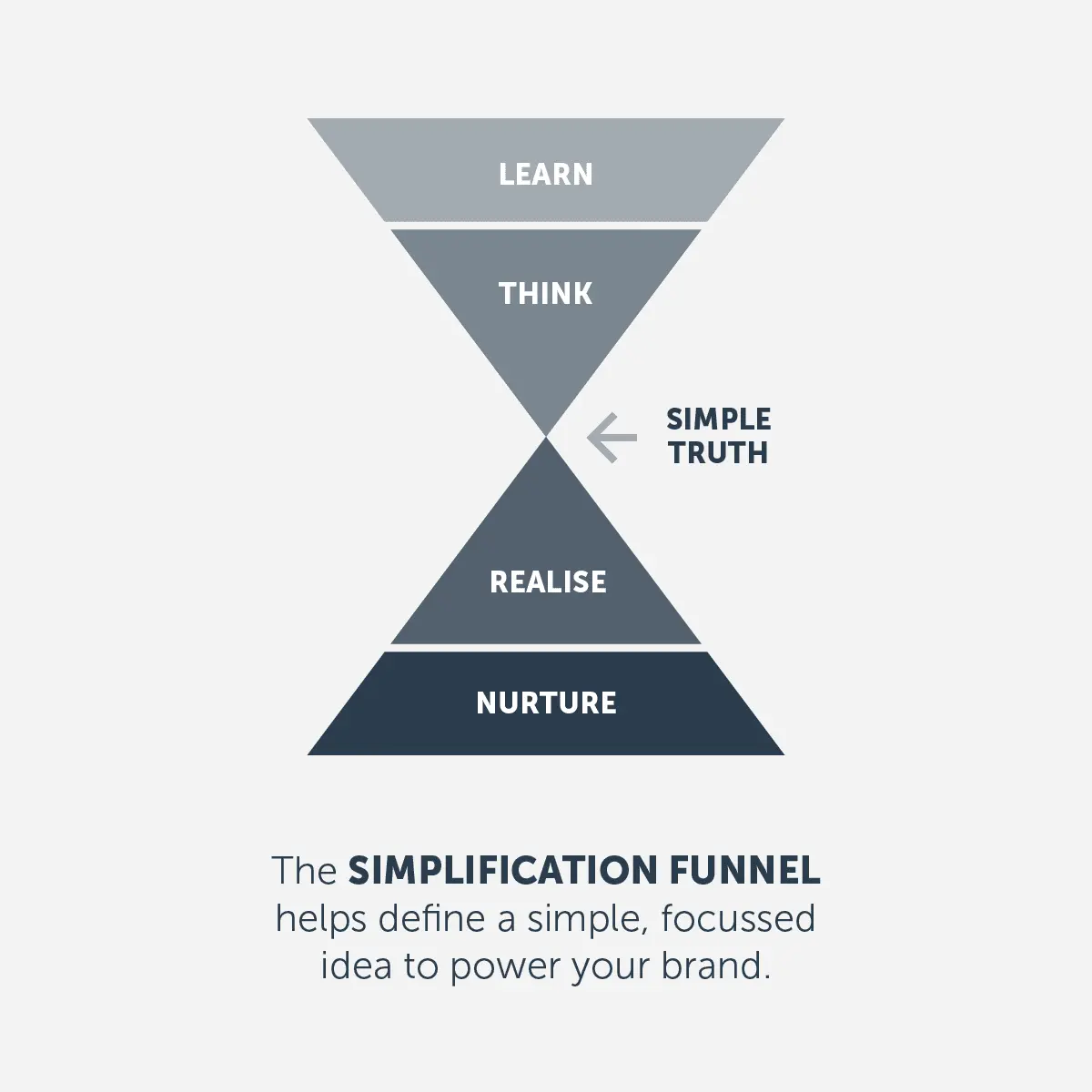
Even if you have the most fantastic website in the world, if general customers cannot find what they need, they are likely to leave.
For example, if the website is a virtual store, consider the number of clicks it takes to make a purchase. The longer and more complicated the customer’s purchasing process, the more likely they will leave without completing the purchase or opting in for additional information. Ensure that site navigation is clear and click connections work properly.
Do not forget about mobile users. As more internet users access the web through mobile devices, failing to develop a site for these users can result in losing potential customers.
Data-Driven Conversion Rate Optimization
Relying on intuition or guesswork to invest in website optimization is never a wise approach. Powerful data sources like Google Analytics and visitor tracking software can provide traffic insights with a single click.
However, do not treat this information like an autopsy. Instead, use it to uncover the stories behind the visitor experiences on your site.
Where do people most often drop off? What do usability trends say about the site? Based on average site visit times and heat maps, what hypotheses can you form?
Test these hypotheses through A/B testing to see if they can convert those visitors, then implement broad changes based on what works best for your customers.
The Relationship Between Conversion Rates and SEO
Standing out online does not happen by chance.
Building a website with an SEO-friendly framework and keeping up with search trends and algorithms requires strategy and time.
Ensure that pages have accurate titles, proper meta tags, and relevant keywords. Also, do not think of these tasks as one-time efforts. SEO requires continuous efforts to maintain competitiveness and relevance.
Aim for Conversion Rate Improvement with Various Marketing Strategies
Diversified Marketing Strategy
Do not fall into the trap of running your website solely on paid advertising. As the bidding costs for key keywords increase, it poses risks to sustainability and profitability. To avoid these pitfalls, it is necessary to combine various digital marketing strategies.
Firstly, PPC can help achieve quick results, but it should be linked with natural search optimization (SEO). Optimize your website for free exposure in search engines through SEO. Create high-quality content and optimize for relevant keywords to secure organic traffic.
Secondly, social media activities play a vital role in customer interaction and brand awareness. Choose the right social media platforms, maintain connections with customers, and consistently share content. Promote interactions and build your brand through social media.
Thirdly, email marketing is effective for maintaining direct contact with customers and building customer loyalty. Build a subscriber list and regularly provide useful information or special benefits to retain and expand customers.
Finally, consider individualized strategies since not all customers have the same experience. Identify customer groups through data analysis and develop content and marketing strategies tailored to those groups. Personalized approaches can provide more value to customers and improve conversion rates.
In summary, integrating and appropriately adjusting various digital marketing strategies should focus on converting visitors into customers and improving conversion rates. This comprehensive approach will enhance website performance and achieve sustainable growth.\
Building Relationships with Customers Using Social Media
The popularity of social media sites like Facebook and Instagram has increased over the past few years. Being active on social media can positively expand the web presence of your site.
Sharing content and company announcements through social media allows customers to share information within their social circles through electronic word-of-mouth.
Additionally, social media enables customers to interact with the business on a social level through comments, reviews, and posts, allowing the business to respond to and empathize with customer needs.
Building Clear Trust

Since face-to-face interactions are missing in online transactions, you need to find other ways to build trust between you and your visitors. Always include an ‘About’ page so that site visitors can learn more about you and what you do.
Displaying professional memberships/partnerships and site security measures is a great way to build trust for the company and any transactions on the site.
Posting past customer testimonials shows experience and a positive reputation. If selling products on the site, utilize customer reviews to reflect third-party opinions about the products and services offered.
Valuable CTAs
We’ve all seen endless junk mail and eventually canceled subscriptions from filling out forms and submitting them on sites. People are increasingly reluctant to provide their personal information, so you need to offer something in return for visitors to provide anything.
For example, you could offer a special one-time coupon or access to information and education. Providing perceived value can make visitors feel more engaged in the transaction and more likely to become long-term customers.
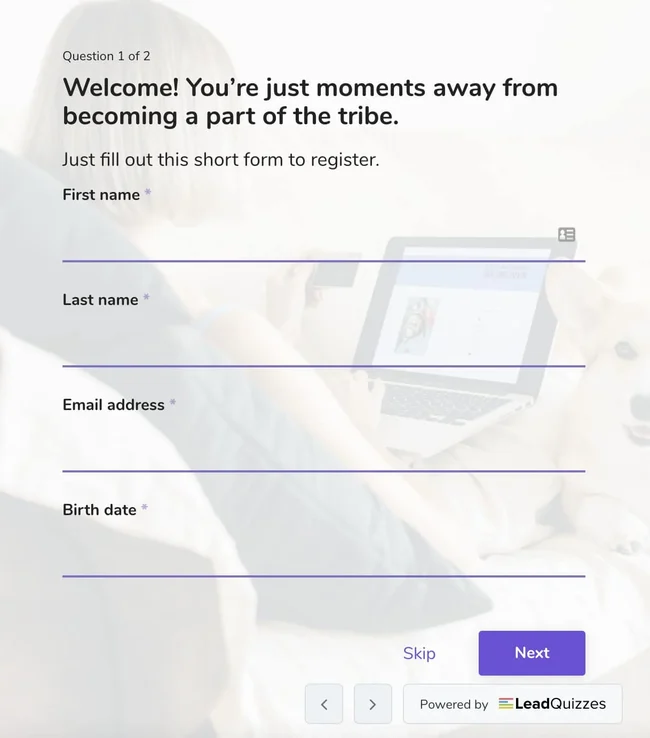
Also, start with forms that only require the name and email address. As marketers, you need a lot of information about leads, but asking for too much information can greatly annoy visitors.
Align Paid Ads and Website Messaging
Consistency Between Ads and Website Messaging
When visitors click on an ad and enter the website, they are likely to leave if they do not find the information or experience they want. To prevent this, the message of the ad should match the content of the website.
Ads should not just be filled with popular keywords but should consist of keywords and messages related to the website’s products or services. All elements of the website, including colors, images, ad copy, forms, etc., should convey the same message and brand identity.
If the message of the ad and the website is mixed, visitors can become confused and lose direction. This increases the likelihood of customers leaving the site or not performing the desired actions.
Therefore, to improve website conversion rates, adjust PPC and paid ad messages to align with the unique value proposition and website experience. This will help provide a consistent message and seamless experience, leading to customer conversion.
Relevant and Consistent Content
Meta tags and titles are important for SEO, but they are not the only elements that affect your site. Another critical factor in improving website conversion rates is providing valuable and consistent content.
Visitors should know what to expect when they visit the site. This includes consistent branding, valuable information, and a clear call to action.
Offer free information that educates, informs, or entertains visitors while positioning the company as an industry expert. When visitors feel that the content of the site helps them solve their pain points, they are more likely to become customers.
A clear call to action should be placed throughout the content to guide visitors to the next step, such as contacting for a quote, making a purchase, or signing up for a newsletter.
Providing Easy Checkout and Options
The checkout process should be simple and intuitive, and visitors should not experience any difficulties. Complex or cumbersome checkout processes can easily cause visitors to leave without completing their purchases. Reduce the number of steps and ensure the flow is smooth and easy to understand.
If possible, offer various payment methods. Provide as many payment options as possible to accommodate diverse customer needs and improve the likelihood of conversion.
Also, mention any shipping costs or additional fees clearly. Customers should not be surprised at the last moment during the checkout process. Provide clear information in advance to prevent losing customers due to unexpected costs.
In summary, a simple checkout process and various payment options can reduce visitor friction and increase conversion rates. Addressing these issues helps make visitors’ experiences more convenient and encourages them to complete purchases.
Benefits of Engaging Call-to-Action Buttons
Call-to-action (CTA) buttons play a crucial role in converting visitors into customers. Effective CTA buttons guide visitors to desired actions, such as purchasing, signing up for a newsletter, or downloading content. Here are some tips for effective CTA buttons:
Personalization: Tailor CTA buttons to specific visitor segments to increase relevance and effectiveness.
Clear and Concise Text: Use clear and concise text that communicates the desired action, such as “Buy Now,” “Sign Up,” or “Download.”
Compelling Design: Make the CTA button visually appealing and easily noticeable. Use contrasting colors, larger font sizes, and ample white space to make the button stand out.
Sense of Urgency: Create a sense of urgency by using phrases like “Limited Time Offer,” “Act Now,” or “Don’t Miss Out.”
Placement: Place CTA buttons strategically where visitors naturally look, such as above the fold or at the end of a blog post.
Consistency: Ensure that CTA buttons are consistent with the website’s overall design and messaging.
Conclusion
Converting visitors into customers and boosting conversion rates requires a multifaceted approach. By implementing the tips mentioned above, you can enhance your website’s performance, improve user experience, and ultimately achieve your business goals. Remember, continuous improvement and adaptation are key to staying competitive and meeting the evolving needs of your customers.

